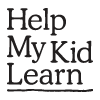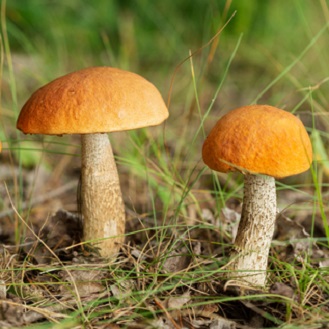What to do with this activity?
When you go for a walk in the woods you might notice a few mushrooms sprouting, or even the strange shape of a fungus growing on a tree. But what your eyes see is only the tiniest part of the network of fungi under the forest floor. It has been called the "internet of the forest" or the "wood wide web". Have a look at this video from Gross Science to find out how plants use fungi to communicate.
Fungi are living organisms, but they are not plants or animals. According to the Encyclopaedia Britannica there are 144,000 known species of fungi that include yeasts, moulds, rusts, mushrooms. The network of thread-like roots of the fungi under the surface are called mycelia.
Fungi are incredibly important in our world - they help rot organic material in the soil so that plants can grow. They are needed to make bread and alcohol, and can be turned into vital medicines like penicillin. But fungi can do so much more for us in the future. See here how fungi can replace harmful styrofoam and plastic packaging. Find out here how fungi could make our clothes and furniture in the future. It takes 2 years to grow an animal for its leather hide, but only 2 weeks to grow the same size "leather" from fungi.
-
Why am I doing this?
It’s important to encourage whatever reading your child is doing at this age. Children have their own interests and hobbies so they will be more inclined to read information about these subjects. Having comics, papers or magazines around the house will make it easier for your child to get into reading. Your child might find it appealing to read online and you might like that the book can be read by an automated voice. E books can be looked at when you are on the move, making sure that your child is careful with your computer or phone.
-
How can I do more?
Your child might like to read a section of the newspaper or a magazine – the sports, fashion or cooking sections - depending on their interests. They might like to read a short piece from a newspaper and underline facts with a pen and opinion with a pencil. You can then talk about the difference between fact and opinion (there are good examples in sports writing). Encourage your child to read instructions for mending bikes, building models and playing new games.
Rate this activity
![]()
![]()
![]()
![]()
![]()
Based on 1 review
How would you rate it?
1 = Poor, 5 = Great.



